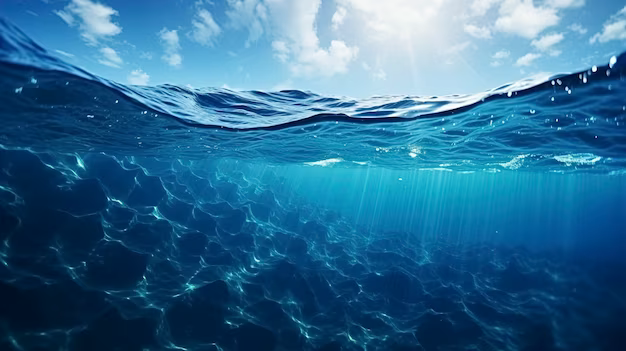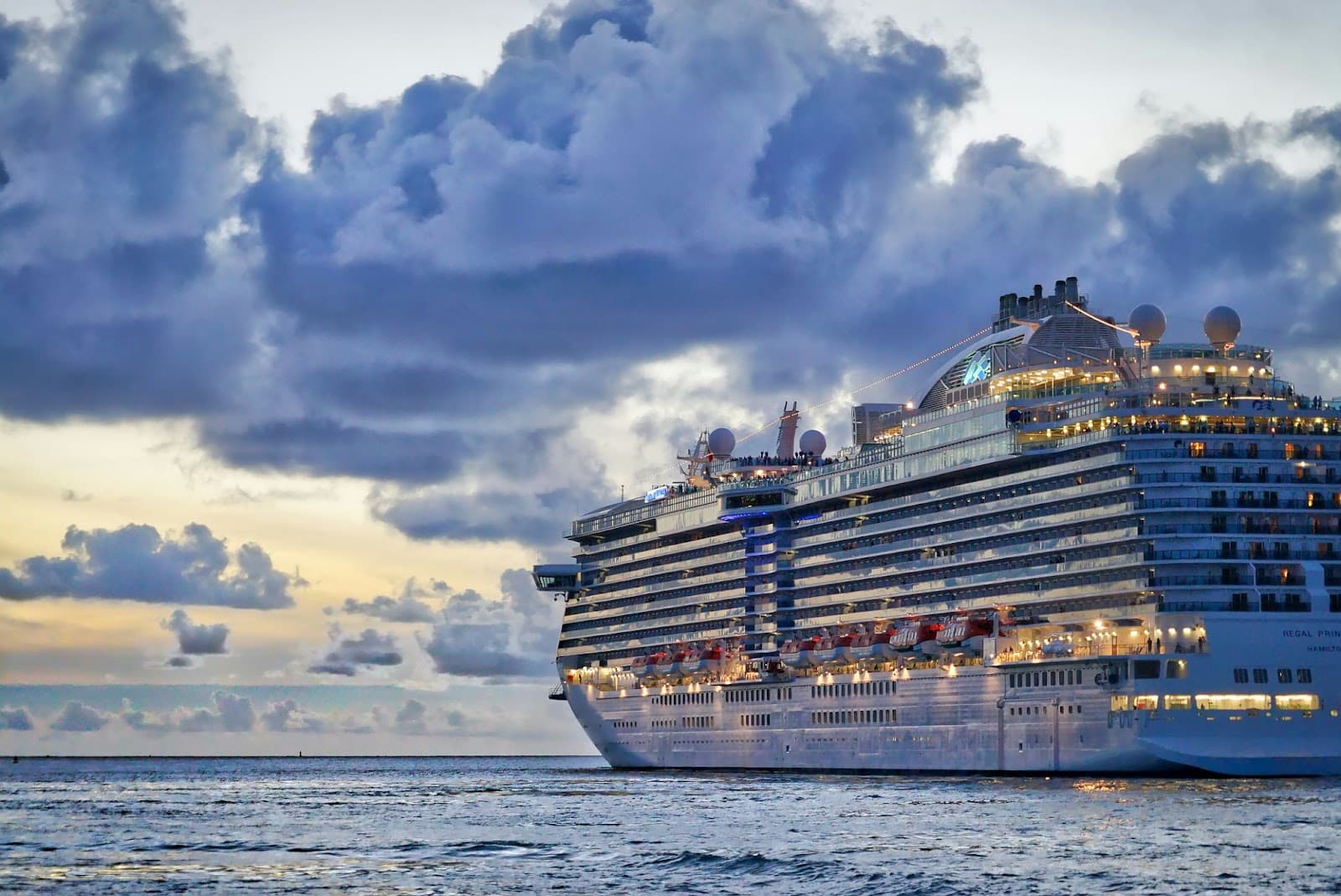The world’s oceans are home to a vast array of habitats, each with its own unique characteristics and inhabitants. From the vibrant coral reefs to the tranquil salt marshes, these ecosystems support an incredible diversity of marine life. This article delves into 11 different types of ocean habitats, exploring their distinct features and the animals that call them home.
Coral Reefs
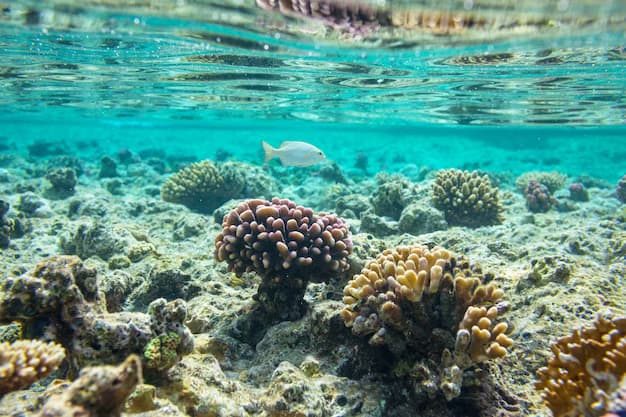
Coral reefs are incredible, diverse ecosystems found around the world. They are at immediate threat from changing ocean temperatures and are often subject to a process known as coral bleaching. They play host to diverse inhabitants, including:
Marine Species in Coral Reefs
- Hammerhead sharks;
- Tiger sharks;
- Sea turtles;
- Butterfly fish;
- Parrot fish;
- Rabbit fish;
- Moray eels.
According to National Geographic, scientists believe that coral reefs contain around 25% of all marine species. Corals are, despite their appearance, living, functioning marine creatures themselves. They are soft-bodied organisms that attach to the ocean floor and can live on their own or form large communities.
Estuaries
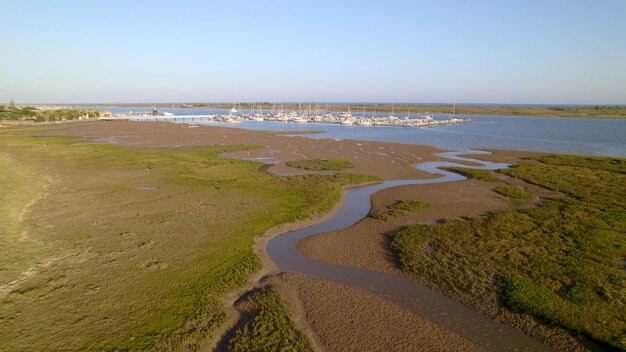
Estuaries are partially enclosed bodies of water where fresh and saltwater meet. They are regarded as transitory areas and are filled with marine animals, as well as elements of the habitats described below. They play host to many different bird species, like the great blue heron, Canada goose, American wigeon, and more. Crabs, small fish, oysters, otters, and seashores can even be found in these areas.
Kelp Forests
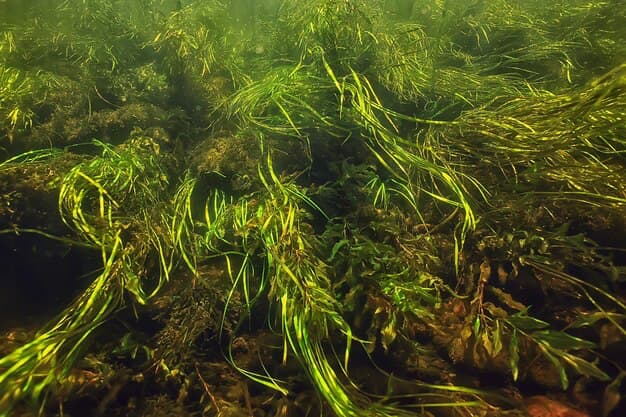
Kelp forests are underwater areas with a high density of kelp. These large brown algae create towering underwater “forests” that provide food and shelter for numerous marine organisms. Some of the animals commonly found in kelp forests include:
Common Inhabitants of Kelp Forests
- Sea otters;
- Sea urchins;
- Seals;
- Sea lions;
- Various species of fish.
Kelp forests are not only important for marine life but also for humans, as they contribute to coastal protection and carbon storage.
Intertidal
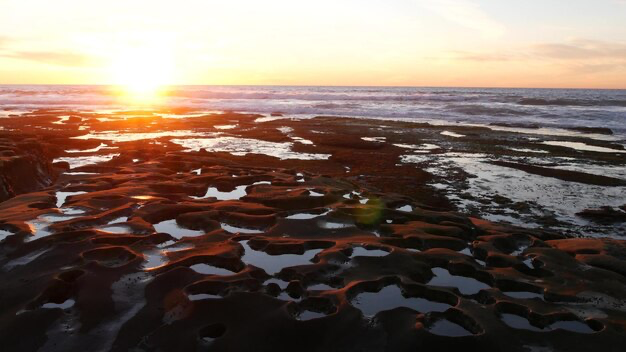
The intertidal zone is the area of the shore that is exposed to air at low tide and covered with seawater at high tide. This dynamic environment is home to a wide variety of organisms adapted to withstand constantly changing conditions. Some common inhabitants of the intertidal zone include:
Organisms in the Intertidal Zone
- Barnacles;
- Mussels;
- Anemones;
- Crabs;
- Sea stars.
These organisms have developed unique adaptations to survive exposure to air, wave action, and rapid changes in temperature and salinity.
Mangroves
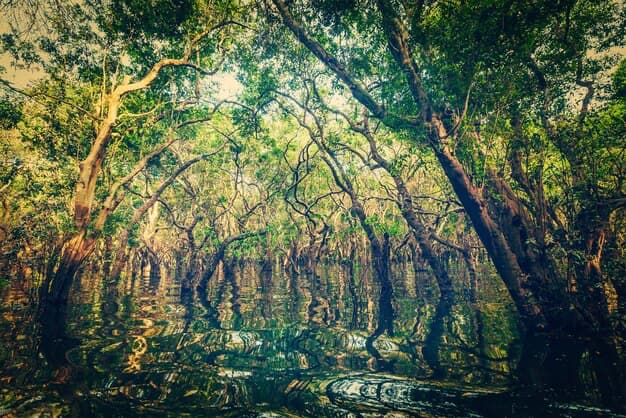
Mangroves are salt-tolerant trees and shrubs that grow in coastal intertidal areas. They serve as vital habitats for a diverse range of species, including:
Wildlife in Mangroves
- Birds such as pelicans and herons;
- Fish;
- Crustaceans like crabs and shrimp;
- Snakes;
- Monkeys.
Mangroves provide crucial nursery areas for many commercially important fish species and offer protection against coastal erosion and storm surges.
Mudflats

Mudflats are coastal wetlands that form in intertidal areas where sediments have accumulated. These habitats are characterized by nutrient-rich mud and are home to a variety of invertebrates and birds. Some common inhabitants of mudflats include:
Creatures in Mudflats
- Clams;
- Worms;
- Crabs;
- Migratory shorebirds.
Mudflats are essential feeding grounds for migratory birds and support a complex food web within the coastal ecosystem.
Open Ocean
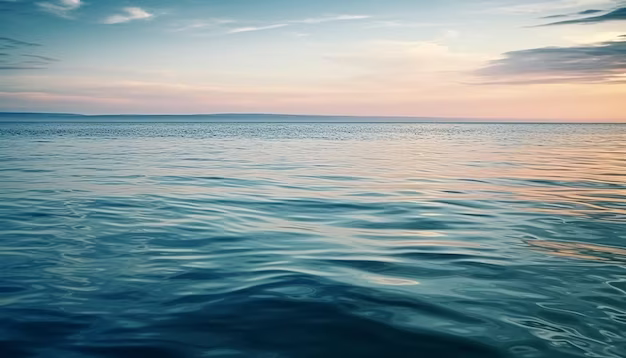
The open ocean, also referred to as the pelagic zone, encompasses the vast expanse of water away from the coast and the ocean floor. Despite its seemingly barren appearance, the open ocean teems with life, including:
Life in the Open Ocean
- Phytoplankton;
- Zooplankton;
- Fish;
- Squid;
- Marine mammals such as whales and dolphins.
This habitat is characterized by its depth, vastness, and the presence of diverse marine organisms adapted to life in the open water.
Oyster Reefs
Oyster reefs are formed by dense aggregations of oysters that grow together on hard substrates. These reefs provide critical habitat for various marine species, including:
Species Supported by Oyster Reefs
- Oysters;
- Crabs;
- Shrimp;
- Fish;
- Birds.
Oyster reefs also offer valuable ecosystem services, such as water filtration and shoreline stabilization.
Salt Marshes
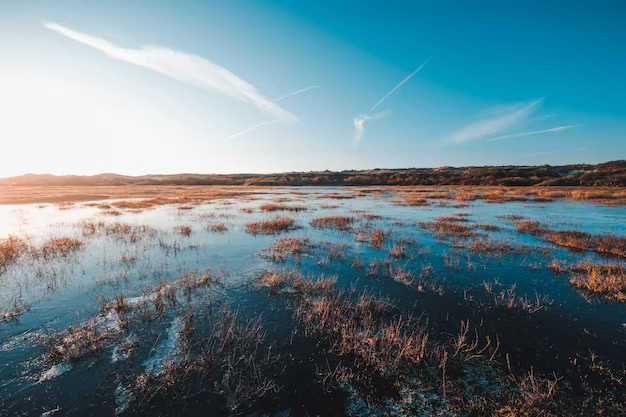
Salt marshes are coastal wetlands that are flooded and drained by saltwater brought in by the tides. These dynamic ecosystems support a rich diversity of flora and fauna, including:
Flora and Fauna of Salt Marshes
- Spartina grass;
- Cordgrass;
- Fiddler crabs;
- Marsh periwinkles;
- Egrets and herons.
Salt marshes provide essential nursery habitat for many fish and shellfish species and help protect coastlines from erosion.
Seagrass Meadows

Seagrass meadows are underwater ecosystems dominated by various species of seagrasses. These habitats are home to a wide range of marine life, including:
Marine Life in Seagrass Meadows
- Manatees;
- Seahorses;
- Blue crabs;
- Snapper;
- Sea turtles.
Seagrass meadows are highly productive ecosystems that support diverse assemblages of fish and invertebrates while also providing important ecosystem services such as carbon sequestration and sediment stabilization.
Tidewater Glaciers
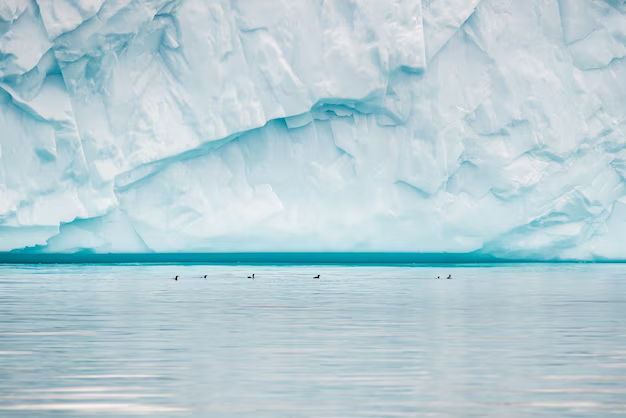
Tidewater glaciers are glaciers that flow into the ocean, creating a unique and ever-changing marine environment. These habitats support a variety of wildlife, including:
Wildlife Near Tidewater Glaciers
- Harbor seals;
- Sea birds;
- Salmon;
- Krill;
- Orcas.
Tidewater glaciers contribute to the marine ecosystem by providing nutrients and influencing local oceanographic conditions.
Conclusion
The ocean is a realm of extraordinary diversity, housing a wide array of habitats that support countless species of marine life. From the bustling activity of coral reefs to the serene tranquility of salt marshes, each ocean habitat plays a vital role in sustaining the health and balance of our planet’s marine ecosystems. Understanding and preserving these habitats and the animals that inhabit them is crucial for the continued well-being of our oceans and the myriad life forms they support.
